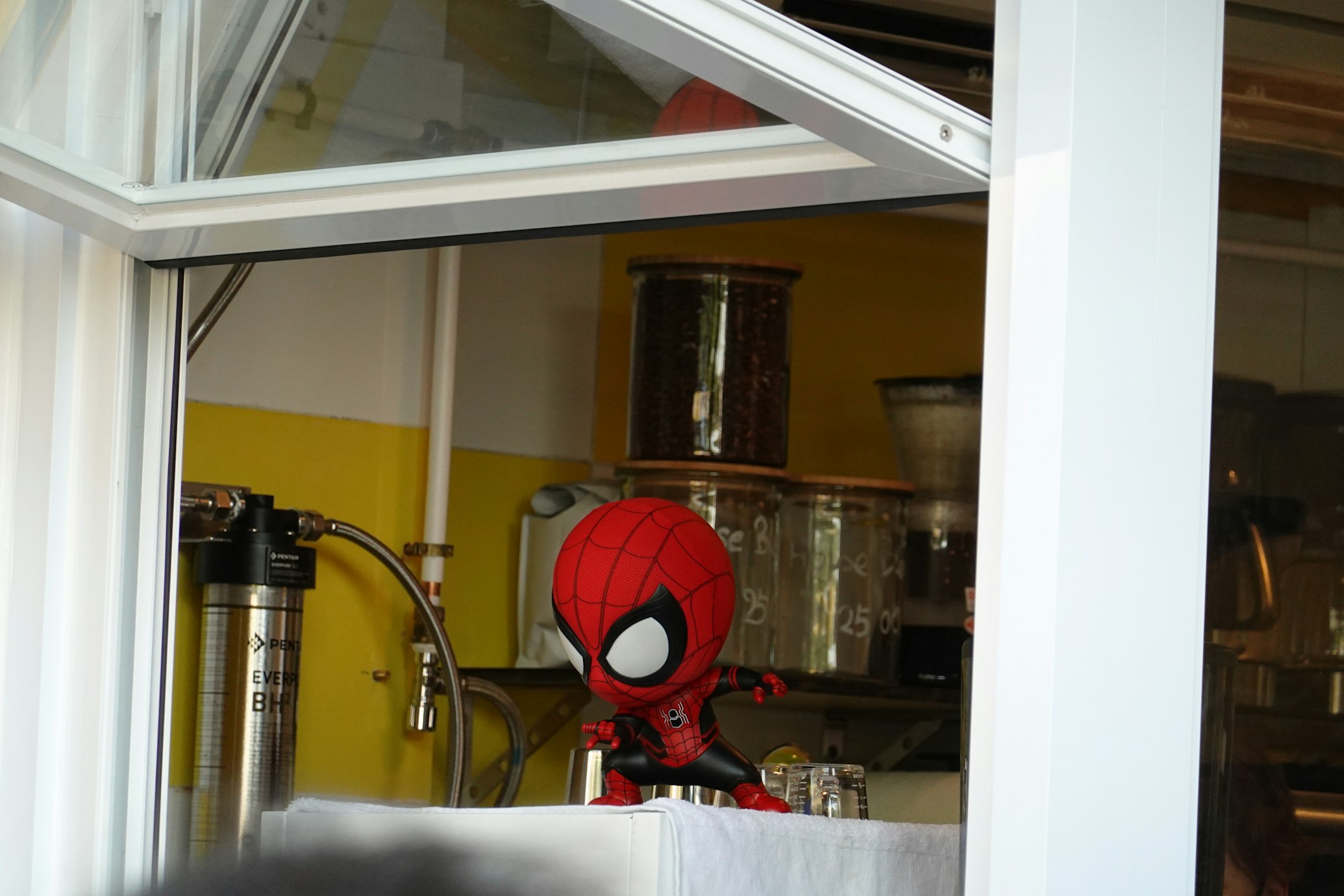Svenska Alfabetet: A Short Introduction To The Swedish Alphabet

Unsplash: Wasa Crispbread
Here’s a fun fact: Swedish or Svenska is not a phonetic language. It means that not all of the letters in the words correspond to the sounds they stand for. But don't let that stop you from learning Swedish because once you have a basic grasp of the language, it will be much easier for you to order some delicious Swedish treats like Prinsesstårta (Swedish Princess Cake), Äppelkaka (Apple Cake), and Kladdkaka (Swedish Chocolate Cake).
Svenska first appeared in the Latin alphabet in 1225 in the Westrogothic law. The text used Early Old Swedish (klassisk fornsvenska) until 1375, but it was grammatically more challenging than modern Swedish. Around 1375 to 1526, the language underwent grammatical reform as a result of the influence of the Hanseatic League. By this time, the language had adopted many words from Dutch, Latin, and Low German.
In 1526, the Swedish translation of the Bible was published. This translation helped established the modern Swedish writing system and it started using the vowels (å),(ä), and (ö), as well as the spelling (ck) in place of (kk). During this time, other major changes were made as well, such as the transition of consonant clusters from (ʃ) and later into (ɧ), the softening of (g) and (k) into (j), fricatives before front vowels, and more.
In the final years of the 19th century, modern Swedish, often known as Now-Swedish (nusvenska), began to flourish. This version of the language had a written form that was less formal and more like conversational Swedish. At the same time, the language was greatly influenced by a large number of Swedish academics, legislators, and other important figures. By the 20th century, a standardized national language was developed.
Now, Swedish is known as one of the official languages of the European Union and one of the working languages of the Nordic Council. It is the national language of Sweden and one of Finland's two official languages. There are currently 6 main groups of Swedish dialects: Norrland dialects, Finland Swedish, Svealand dialects, Gotland dialects, Göataland dialects, and South Swedish dialects.
Swedish Alphabet
There are 29 letters in the Swedish alphabet (Svenska alfabetet). 26 of the letters come from the basic Latin alphabet and the three remaining letters that follow the letter Z are historical combinations of the letters A and O.
The letter Q is an uncommon letter in the Swedish alphabet. But the letter is still used in various proper names and loanwords.
The letter W is another uncommon letter in the Swedish alphabet. W is interchangeable with the letter V and the official orthographic standards began using only V for common words in 1801. The letter W still appears in a lot of family names rather than being changed to common names. Foreign words also help make use of the letter W.
The letter Z is also an uncommon letter in the Swedish alphabet. In the 1700s, the letter Z and the sound of the letter S merged. As a result, the letter S replaced the letter Z that same year. The letter Z is still used in names and other loanwords.
Pronunciation Notes:
- C is pronounced as (s) when it is placed before the letters e, i, and y
- Ch can be pronounced as (k) in the word och, though it is sometimes not pronounced at all
- G is pronounced as (j) when it is placed before the letters e, i, y, ä or ö
- Gn is pronounced as (gn) when placed at the beginning of words
- Lg is pronounced as (lg) when it is placed before a, o, u, å, and (lj) in other places
- K is pronounced as (g) when it is placed before e, i, y, ä or ö
- Rg is pronounced as (rg) when it is placed before a, o, u, å, and (rj) in other places
- Sk is pronounced as (ɧ) when it is placed before e, i, y, ä or ö
Letter | Sound | Swedish Word |
| A a | ah | Ananas (ah-na-nas) |
| B b | be | Banan (bah-nan) |
| C c | se | Clown (klown) |
| D d | deh | Dag (dahg) |
| E e | ee | Elefant (eh-le-fant) |
| F f | eff | Fågel (foh-gel) |
| G g | ge | Gata (goh-tah) |
| H h | ho | Hus (huus) |
| I i | ih | Igloo (ig-loo) |
| J j | zhih | Juli (joo-lee) |
| K k | koh | Kan (kan) |
| L l | el | Lampa (lam-pa) |
| M m | em | Matta (mat-tah) |
| N n | en | Natt (nat) |
| O o | oo | Orm (oorm) |
| P p | peh | Pizza (pizza) |
| Q q | kuh | Quinoa (keen-wa) |
| R r | ehrr | Råtta (roah-ta) |
| S s | ess | Skor (skur) |
| T t | te | Te (teh) |
| U u | uh | Uggla (ug-la) |
| V v | ve | Vatten (vat-ten) |
| W w | dubbel-ve | Webb (web) |
| X x | eks | Xylofon (xi-lo-fon) |
| Y y | y | Yoga (yoga) |
| Z z | säta | Zoo (zoo) |
| Å å | oah | Ål (oahl) |
| Ä ä | aeh | Äpple (aeh-pleh) |
| Ö ö | oeh | Öl (oel) |
Get Beelinguapp


